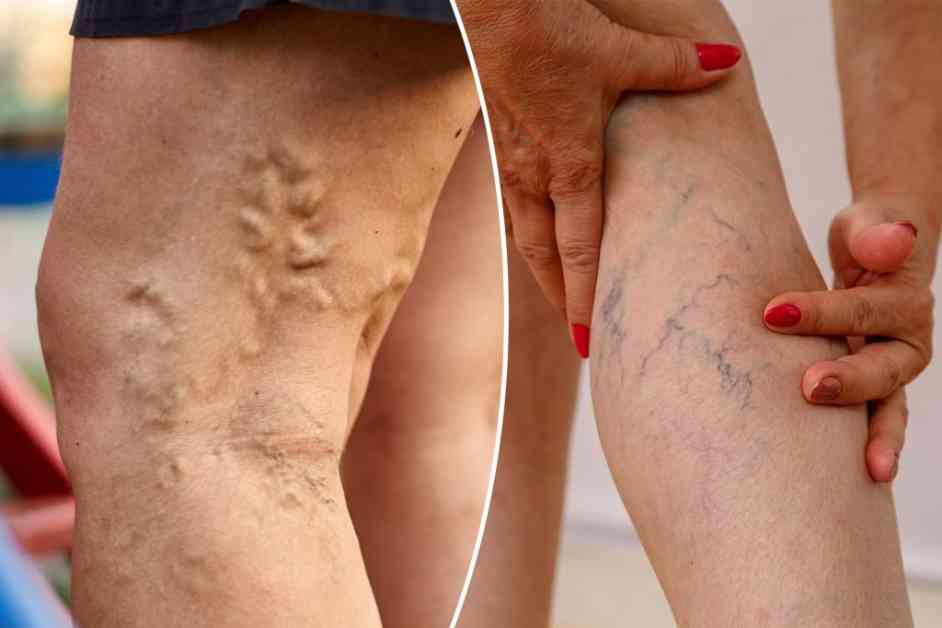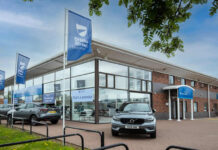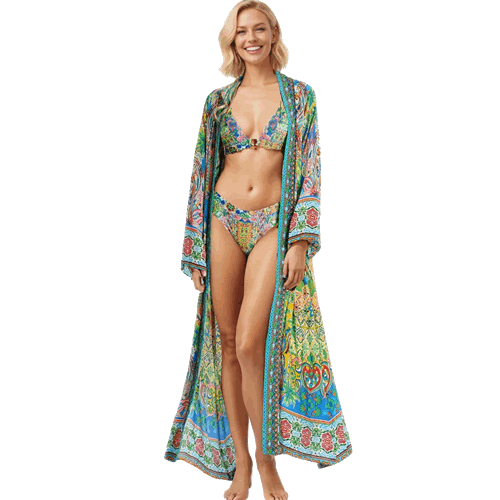Don’t get it twisted. While spider and varicose veins might not be the most appealing thing to look at, there are actually some pretty big differences between the two. According to Dr. Randy Gould of Manhattan Cardiology, it all comes down to the size of the veins and the symptoms they cause.
What are Spider Veins and Varicose Veins?
Spider veins are those small surface veins that don’t really cause any pain and are more of a cosmetic issue than anything else. On the other hand, varicose veins are larger and can come with symptoms like bulging skin, leg pain, itching, leg fatigue, and heaviness. These symptoms arise when the valves in our veins become weakened or damaged, causing blood to collect in the veins and lead to increased pressure.
What Causes Varicose Veins?
Factors like obesity, aging, and spending too much time sitting or standing can weaken or damage these valves in our veins. Dr. Mason Mandy from Metro Vein Centers in Manhattan points out that staying in one position for too long allows gravity to pull the blood down, leading to vein problems. Hormonal changes due to pregnancy, menstruation, or birth control pills can also relax vein walls and increase the risk of varicose veins.
How to Prevent Varicose Veins?
Experts suggest staying active, avoiding prolonged periods of standing or sitting, and maintaining a healthy weight to prevent varicose veins. Dr. Randy Gould emphasizes the importance of exercise and movement to keep the blood flowing properly. Compression support socks can also help improve circulation and prevent the formation of varicose veins.
Treatment Options for Varicose Veins
For those already dealing with varicose veins, there are various treatment options available. Endovenous ablation, microfoam injections, microphlebectomy, and vein stripping are some of the techniques used to treat varicose veins. These treatments aim to close off the affected veins or collapse the vein walls to reduce the appearance of veins.
Potential Health Risks
Varicose veins can lead to serious health risks such as bleeding, skin ulcerations, skin infections, and deep-vein thrombosis (DVT). DVT can cause blood clots that may travel to the lungs and result in a pulmonary embolism, which can be fatal if not treated promptly. It’s essential to address varicose veins not just for cosmetic reasons but also to prevent these potentially life-threatening conditions.
In conclusion, while spider and varicose veins may not be the most pleasant thing to deal with, understanding the differences between the two can help in seeking the right treatment. Lifestyle modifications, regular exercise, and wearing compression socks are some of the ways to prevent varicose veins from forming or worsening. Remember, taking care of your veins isn’t just about appearance – it’s about your overall health and well-being.










